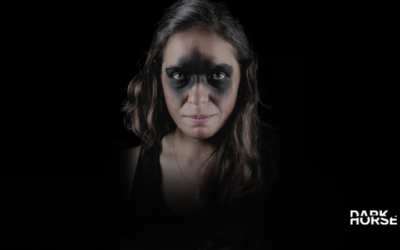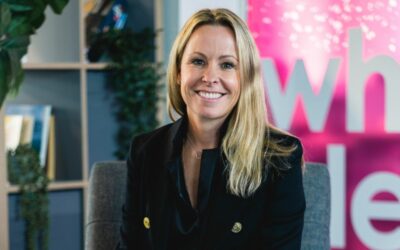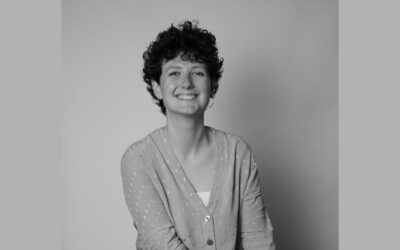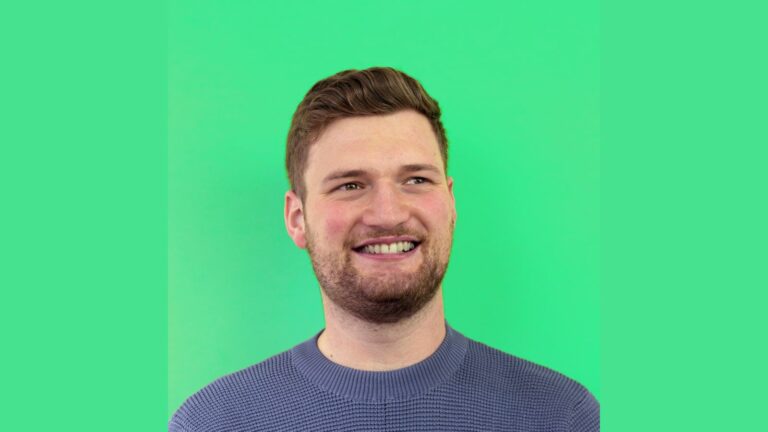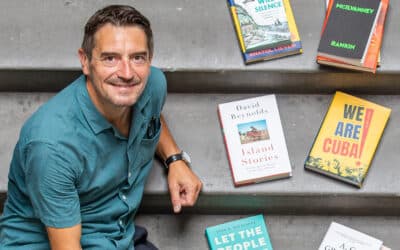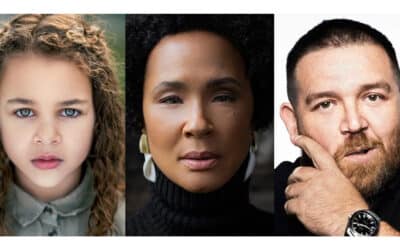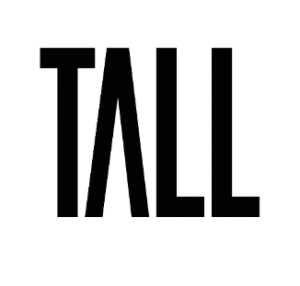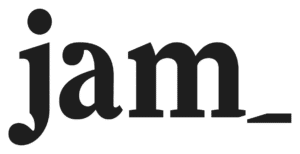Sam Taylor is both creative director and co-founder of Leeds-based madeby.studio.
He runs digital development agency madeby.studio alongside Matt Wheeler, after they met at the University of Leeds.
They launched the agency in April 2019 during their final year of studying.
Here, Taylor shares his career journey, tips and advice…
How did you first get into your industry?
While I was studying graphic design at the University of Leeds, I completed a year internship at a small branding agency in Horsforth, Leeds. I then went on to become the junior graphic designer there before setting up madeby.studio. Most of the work was for local building contractors creating brands and simple brochure websites. Having quite a lot of responsibility in that first role helped me gain the knowledge to set up madeby.studio.
What do you love about your job?
I love the challenges of new projects. No two projects are the same. There’s always new challenges that need innovative solutions. I love the clients we work with too, I find people’s stories so interesting. Finding ways to add personal touches to designs that we know will light up our clients’ faces during our presentations always makes my day. Finally is the team. I love our collective, and the way we come together to solve problems and bounce ideas off each other.
Who – or what – has inspired you in your career?
It’s difficult to pinpoint a single inspiration throughout my career, but my family is a huge inspiration for me. I feel like this often changes depending on the situation I’m in. From an early age I’ve always wanted to follow a design career. My Dad is a construction engineer and from an early age I was very interested in engineering and almost studied Industrial Design at University.
But my nana used to be obsessed with arts, painting and crafts and all of my memories with her were about creating and being expressive. I think this mix of art expression and engineering design somehow channelled to the website design and UI/UX route. In my mind I feel like it sits somewhere in between both of those subjects. On the flip side, my Mum was a HR coordinator, so in terms of my recent role of people management, I feel like I’ve been inspired by her. Making sure our team always feels valued and knows how appreciated they are within the business.
What are the biggest challenges about your job?
The biggest challenge within my role is balancing time. As a creative director and business owner I have to wear a lot of hats. One day I’ll be working on client side projects, then doing marketing, followed by finances followed by a call to a supplier – you get the idea. I often find myself trying to keep all of these plates spinning, but managing the time and workload to do this can be difficult.
Our studio switched to a four day working week this year but I often find myself working on Friday’s to tie up the week’s loose ends. This year we’ve put a lot of time and effort into improving our internal processes. This has been pivotal in time and project management, although making the time for internal process reviews and business development is always a challenge – but a necessity for anyone in a similar role.
What skills have been the most crucial to you succeeding in your career so far?
Listening. This is the main skill to grasp to reach success in my opinion. By listening, and absorbing the information around you, you can develop a deeper understanding of your client and their customers. Without a deep understanding, it’s impossible to craft a solution that will be suited to their needs. Obviously it helps to have design skills and management skills – they’re vital too.
But even with the best knowledge of design and outstanding practical ability, it’s redundant if it can’t be applied to a client brief that will meet their needs and be suited to their audience. Listening is also a key internal skill. Listening and creating a deeper level of understanding is something we focus on as a team. We talk to each team member individually about their methods of working, what can be improved and gather feedback regularly to make sure we’re optimised as a studio. Our goal is that everyone is working to the best of their abilities, in the most comfortable and productive way.
What was your first salary and what could someone getting into the industry expect to earn nowadays?
My first salary as an intern was £12,500 (About £6.40/hr). I was determined to get a paid internship, so I was very happy with that! Unfortunately there’s still a lot of unpaid internships out there, which I disagree with. We’re now an accredited Living Wage Employer so make sure we pay at least £10.90/hr, which includes our internship programmes. With the current climate it’s only fair to pay a real living wage. For entry level/junior roles I’d expect people to be looking at around £21,000 – 25,000 a year.
What education or training would be most useful for someone looking to follow your career path?
I studied a BTEC in Graphic Design which was probably the most useful thing I did. I then studied Graphic and Communication Design at University, but my course was much more theory based. I’d say the BTEC taught me the most and many of my peers went straight into work at that point.
The best thing you can do is hone your skills through a portfolio of work. It’s such a practical subject and you can learn so much by getting a laptop out and giving it a go. The internet has an abundance of online courses and tutorials now which is amazing for boosting digital skills. But if you’re looking to get into the UI/UX and digital design space, try rebuilding existing interfaces. Take them apart and put them back together.
Then read a few articles and books to improve your theory side, books like Refactoring UI by Adam Wathan and Steve Schoger from Tailwind. This gives so many tips and tricks that will help take your design skills up a notch. A quote which was mentioned in the studio last week: “Learn the rules like a pro, so you can break them like an artist” – Pablo Picasso.
What advice would you have for someone looking to follow your path?
If you want to go on a similar journey, the best thing you can do is get out into the field and meet the people who have already walked on this path. Sometimes that involves getting outside of your comfort zone, but it’s always worth it. I was always told I’d be too shy to run a business and I wouldn’t be able to network and talk to people. Now it’s the complete opposite, and it’s the best part of my job. I managed that by going to events, meeting other agency owners and asking for a coffee or a beer and picking their brains on how they’ve achieved such great things.
You soon learn 99% of people in the industry are amazing humans, who want to lift eachother up and improve the sector as a whole – rather than just their own business. Another word to keep in mind is perseverance. Time inevitably will get tough, they definitely did for us. We started our business 8 months before the pandemic hit, and now we’re nose diving into a recession. We know things won’t always be easy but making sure we keep working hard, sticking to our values and always looking for the positives we can maintain a healthy future for our team. Make sure you’re ready to hit dead ends, and forge a new path to reach your goals.

